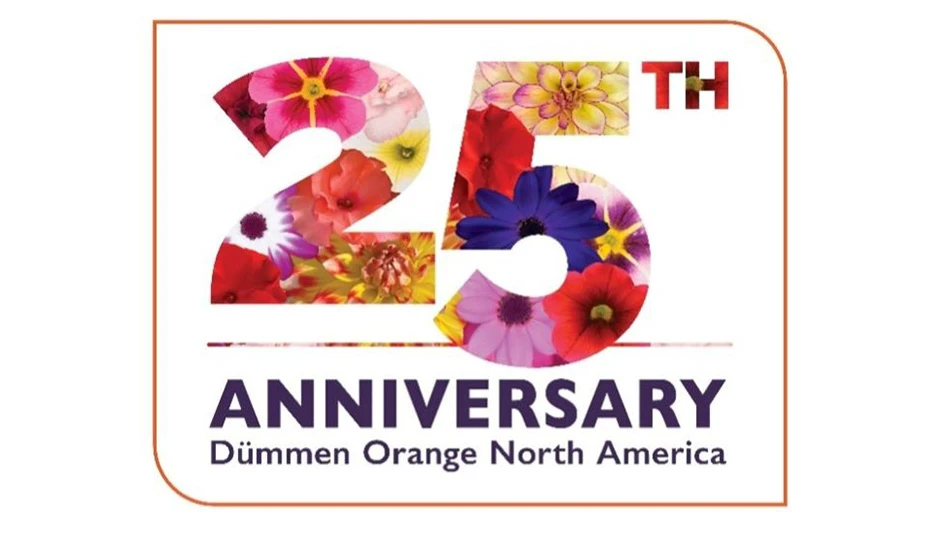|
2011 Plant Select winners announced Two of the 2011 winners, Bouteloua gracilis ‘Blonde Ambition’ and Osteospermum ‘Avalanche,’ are new to horticulture and have proven extremely hardy in regional trials. Five of the plants have been grown or known for years, but have been underutilized in regional landscapes. They include: Chrysothamnus nauseosus var. nauseosus, Amsonia jonesii, Erodium chrysanthum, Penstemon mensarum and Crataegus ambigua. For more: Plant Select, (970) 481-3429; www.plantselect.org.
Fonsah, who is head of the university’s banana project, is studying varieties that have the potential to be grown in the Southeast for commercial fruit production. One variety, Veinte Cohl, which was discovered in Florida, looks promising. Veinte Cohl, is a short cycle banana that can be planted in April and produces fruit ready to harvest in October. Unlike other varieties that need three months to mature on the tree before harvest, Veinte Cohl bananas need just four to six weeks. Compared to the Cavendish variety that most Americans consume, Veinte Cohl bananas are smaller and have a tangier taste with a slight citrus flavor. Veinte Cohl is hardy to USDA Hardiness Zone 8A and can be grown as an ornamental or nursery plant. The university’s banana team is also looking at using bananas and their byproducts as alternative fuels. Veinte Cohl is the right size for small growers since it can be produced for fun, part-time and for agri-tourism to supplement income, Fonsah said. For more: Greg Fonsah, University of Georgia, (229) 386-3512; http://georgiafaces.caes.uga.edu.
Under the requirements of the Federal Order, all nurseries located in the quarantine area that ship any species of Camellia, Kalmia, Pieris, Rhododendron (including Azalea) and Viburnum interstate to non-regulated areas must provide advance notification. Also, nurseries shipping any species of the above mentioned high-risk plant genera interstate to non-regulated areas must provide advance notification if they are located in regulated counties, with one or more interstate shippers that have tested positive for P. ramorum, since 2003.
|

Explore the March 2011 Issue
Check out more from this issue and find your next story to read.
Latest from Greenhouse Management
- Flexible fungicides
- Super Charged Moon Juice from Moon Valley Nurseries now available nationally
- 2025 Proven Winners Horticulture Scholarship applications now open
- How to improve inventory and shipping management in the greenhouse
- Leading Women of Horticulture: Anna Ball, Ball Hort, and Terri McEnaney, Bailey Nurseries
- GM CEA HERB Part 2: A guide to increasing the sowing density of culinary herbs
- GM CEA HERB Part 1: Best practices for producing culinary herbs in controlled environments
- USDA fires experts on invasive pests, including Asian citrus psyllid, chilli thrips





